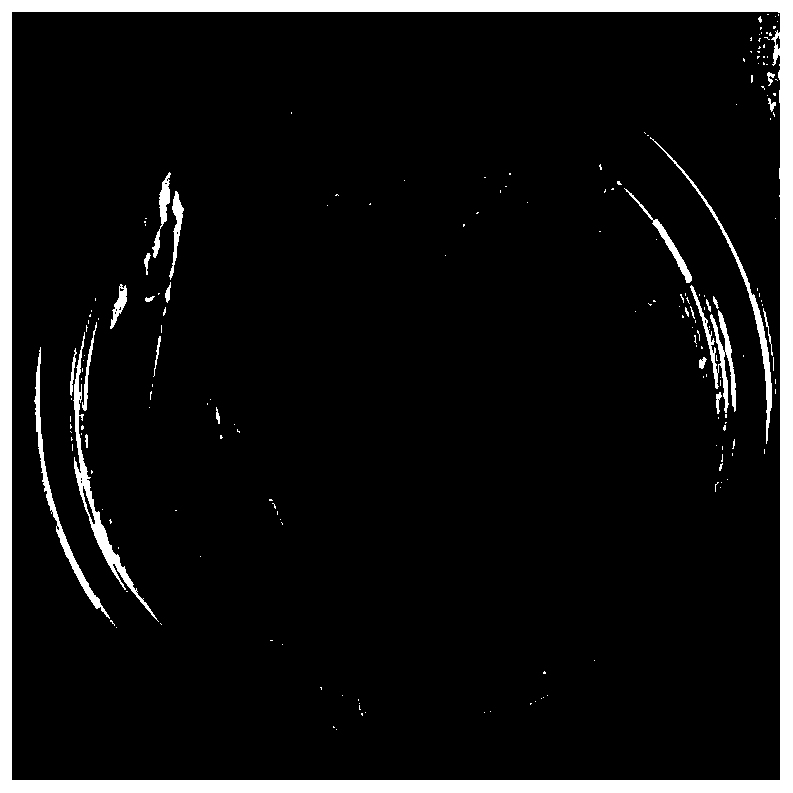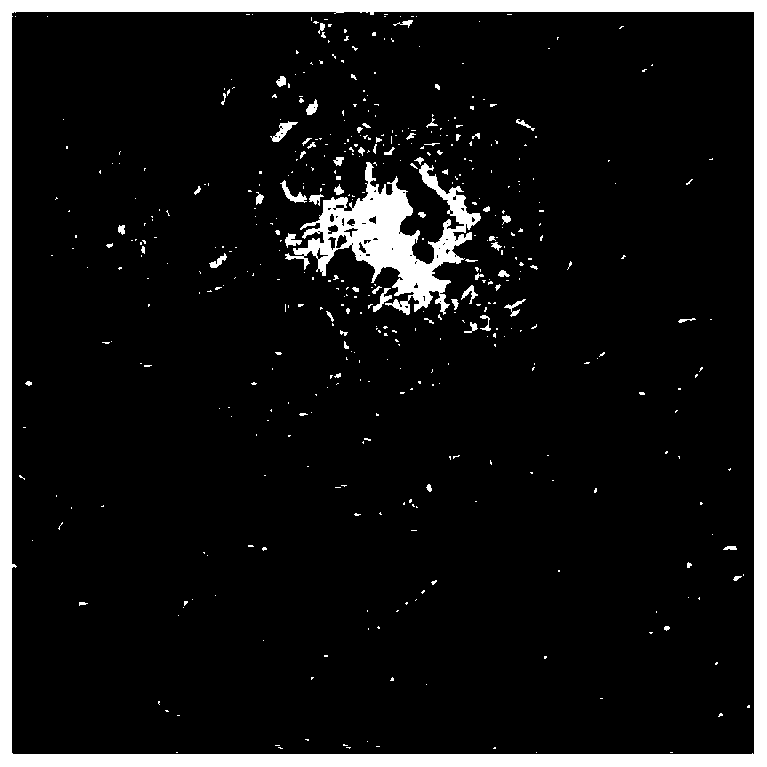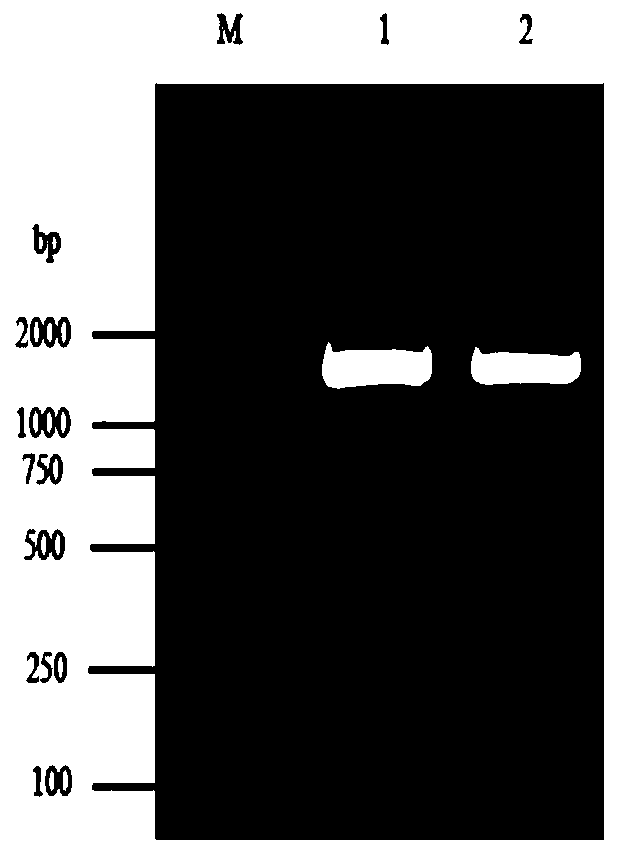Cellulosimicrobium cellulans DGNK-JJ1 and application thereof
A DGNK-JJ1, fiber microbacteria technology, applied in the field of agricultural biology, can solve the problems of agricultural product quality and safety, pesticide residues, environmental pollution, etc., to avoid or reduce ecological environment problems, develop ecological agriculture, and avoid or reduce agricultural product quality and safety. effect of the problem
- Summary
- Abstract
- Description
- Claims
- Application Information
AI Technical Summary
Problems solved by technology
Method used
Image
Examples
Embodiment 1
[0025] The separation and screening of embodiment 1 potassium decomposing bacteria
[0026] Under sterile conditions, weigh 10g of soil sample, dissolve it in 90mL of sterile water, fully shake and gradiently dilute to 10 -3 、10 -4 、10 -5 times of compost suspension, and then 100 μL of each dilution was evenly spread on the potassium-dissolving bacteria medium plate, and cultured upside down at 37°C for 3 days. Select the largest colony that is colorless, transparent, and oil-drop-shaped, and perform purification by streaking on the plate, and repeat the process 3 times. At the same time, observe the purity of the colony with a microscope until a pure culture is obtained. Finally, the obtained pure culture strain was transferred into glycerol with a final concentration of 30% and sealed and stored in a -20°C refrigerator.
Embodiment 2
[0027] The mensuration of the potassium decomposing ability of embodiment 2 potassium decomposing bacteria
[0028] The primary screened strain obtained in Example 1 was inoculated into 30 mL of LB medium, and cultured at 36° C. at 150 r / min for 1 d as a seed solution. The seed solution was absorbed according to the inoculum amount of 2% and added to 100mL potassium-dissolving bacteria culture medium. The culture medium without bacteria was used as the blank control group. Each treatment was set up with 3 replicates, and cultured at 36°C and 150r / min for 7 days. Samples were taken on 3d, 5d, and 7d respectively. The fermentation broth was centrifuged at 4°C and 6000r / min for 10 minutes, and the supernatant was taken. Using potassium chloride as a standard substance, the content of available potassium in the solution was measured with an atomic absorption spectrophotometer. Then calculate the relative increase rate of available potassium (the results are shown in Table 1):
[...
Embodiment 3
[0034] The identification of embodiment 3 potassium decomposing bacteria
[0035] (1) Morphological observation. According to "Bergey's Bacteria Identification Handbook", observe the morphology, color, etc. of the surface growth colonies of the potassium-dissolving bacteria culture medium obtained in Example 1; pick young cultures, smear, Gram staining, observe the thalline morphology, Size, Gram staining reaction, and the presence or absence, shape and location of spores, etc., the results are shown in Table 2, figure 1 and figure 2 .
[0036] Table 2 Colony culture characteristics and microscopic examination results
[0037]
[0038] (2) Physiological and biochemical tests. Nitrate reduction test, sugar fermentation test, escin hydrolysis test, β-galactosidase test, β-glucuronidase, gelatin hydrolysis test, urease test, alkaline phosphatase test and pyrrolidone Enzyme experiment (PYR experiment), etc.
[0039] The potassium-solubilizing bacterial strain of the pres...
PUM
 Login to View More
Login to View More Abstract
Description
Claims
Application Information
 Login to View More
Login to View More - R&D
- Intellectual Property
- Life Sciences
- Materials
- Tech Scout
- Unparalleled Data Quality
- Higher Quality Content
- 60% Fewer Hallucinations
Browse by: Latest US Patents, China's latest patents, Technical Efficacy Thesaurus, Application Domain, Technology Topic, Popular Technical Reports.
© 2025 PatSnap. All rights reserved.Legal|Privacy policy|Modern Slavery Act Transparency Statement|Sitemap|About US| Contact US: help@patsnap.com



